Why do we "boycott" something?
Friday, February 7, 2025
Although people have sought to effect change through economic and social pressure since at least the 1700s, the concept became more widely known in the latter years of the following century, earning its moniker by way of one of the individuals targeted. |
| |
| |
|
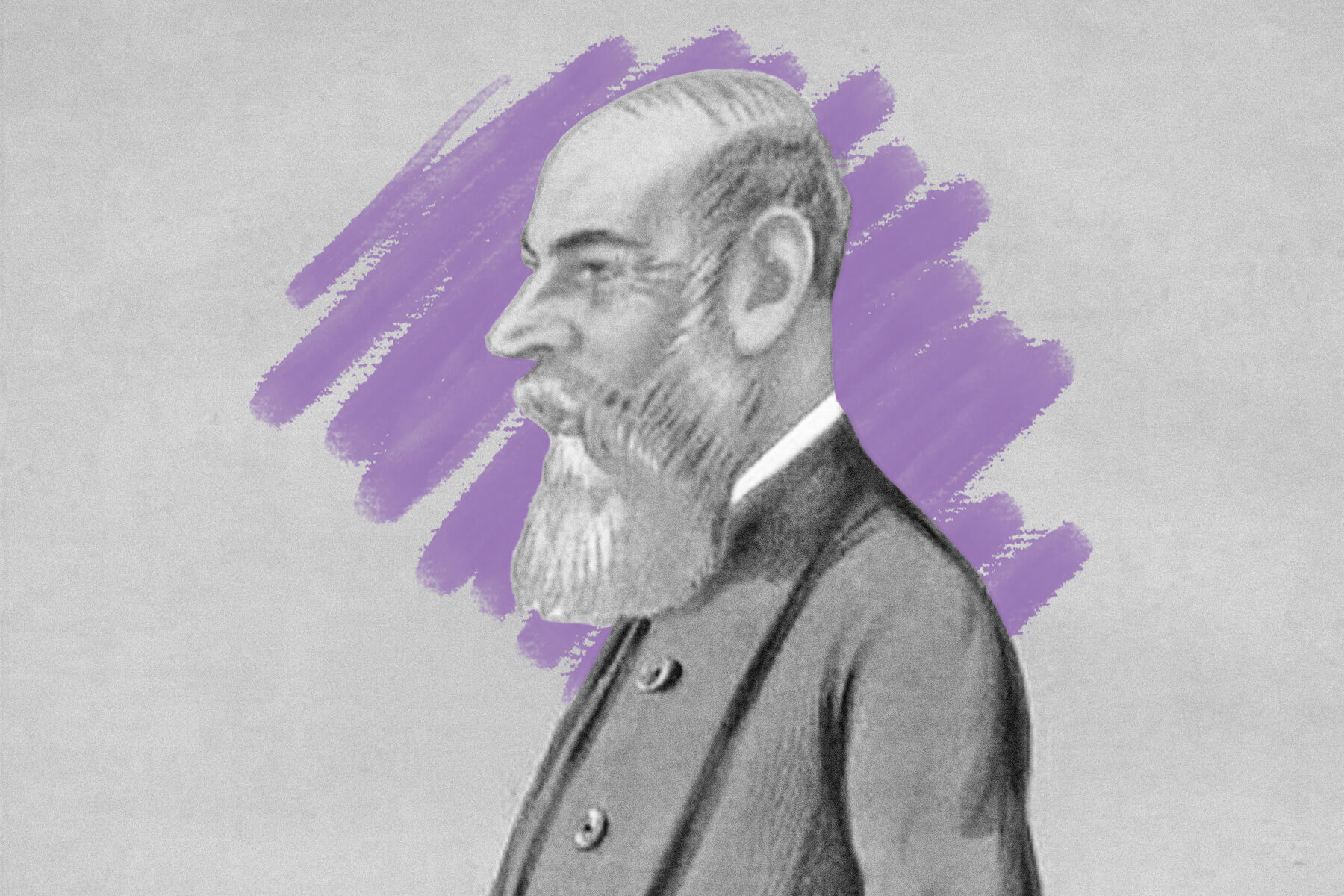 |
|
| A lthough people have sought to effect change through economic and social pressure since at least the 1700s, the concept became more widely known in the latter years of the following century, earning its moniker by way of one of the individuals targeted. |
|
|
| From 1879 to 1882, Ireland's first Land War pitted rural tenants, reeling from years of economic downturn, against the rental policies of wealthy and often-absentee English landlords. Caught in the crossfire was former English army officer "Captain" Charles Boycott, whose position as a land agent for one such landlord in County Mayo came with the responsibility of evicting delinquent tenants. Organized locals made life miserable for Boycott by behaving coldly toward him in public, refusing to provide him with goods and services, and harassing his employees into quitting, a process dubbed "boycotting" by parish priest John O'Malley. |
|
 |  |
|
|
 |
|
| |
|
| Duration (in days) of the Montgomery bus boycott | | | 381 |
| | | NYC students who took part in a 1964 boycott against school segregation | | | 464,000 |
| | | NYC students who took part in a 1964 boycott against school segregation | | | 464,000 |
|
|
|
| Nations that boycotted participation in the 1980 Moscow Olympics | | | 60+ |
| | | Year the Land War-inspired film Captain Boycott was released | | | 1947 |
| | | Year the Land War-inspired film Captain Boycott was released | | | 1947 |
|
|
|
 |
|
 | | Did you know? |
|
|
Film audiences boycotted a killer Santa Claus in 1984. |
|
| The box-office success of Halloween spawned a boom of slasher flicks in the late 1970s and early '80s, providing audiences with the now-familiar trope of a villain violently wreaking havoc on an unwitting community. While the antagonists took on a variety of forms across these largely indistinguishable and forgettable productions, a segment of the population drew the line at the concept of the killer Santa portrayed in 1984's Silent Night, Deadly Night. Calls for a boycott were especially loud in Milwaukee, Wisconsin, where one mother formed an advocacy group called Citizens Against Movie Madness (CAMM) that organized protests of the film's screenings. Even famed critics Gene Siskel and Roger Ebert were swept up in the outrage, singling out the producers of the "sick, sleazy, and mean-spirited" movie by name on their TV show. The protests seemingly paid dividends, as the film's distributor, Tri-Star, yanked the feature from theaters after just a few weeks. Then again, Silent Night, Deadly Night became a popular home video release before spawning four sequels. |
|


posted by June Lesley at 4:06 AM









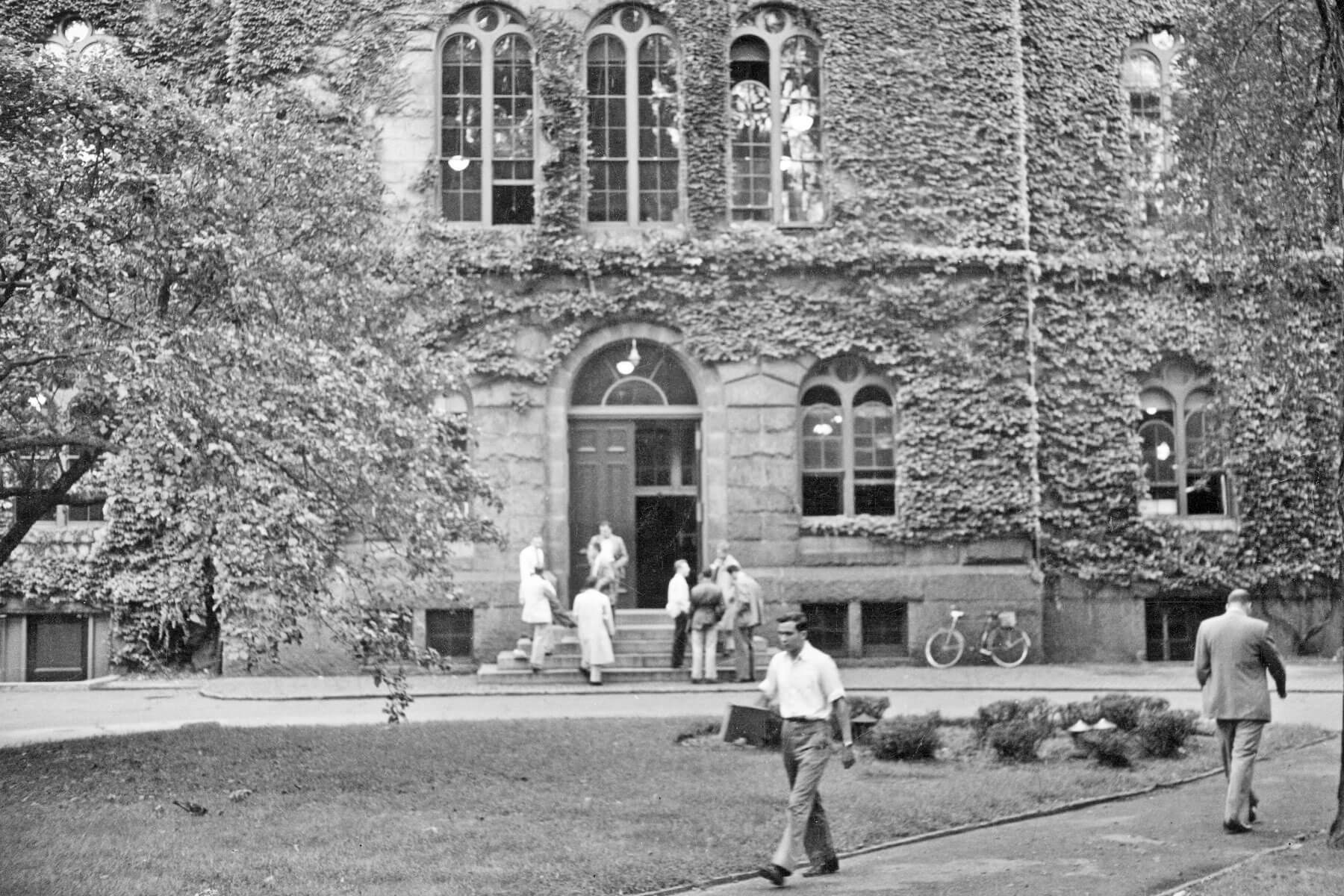
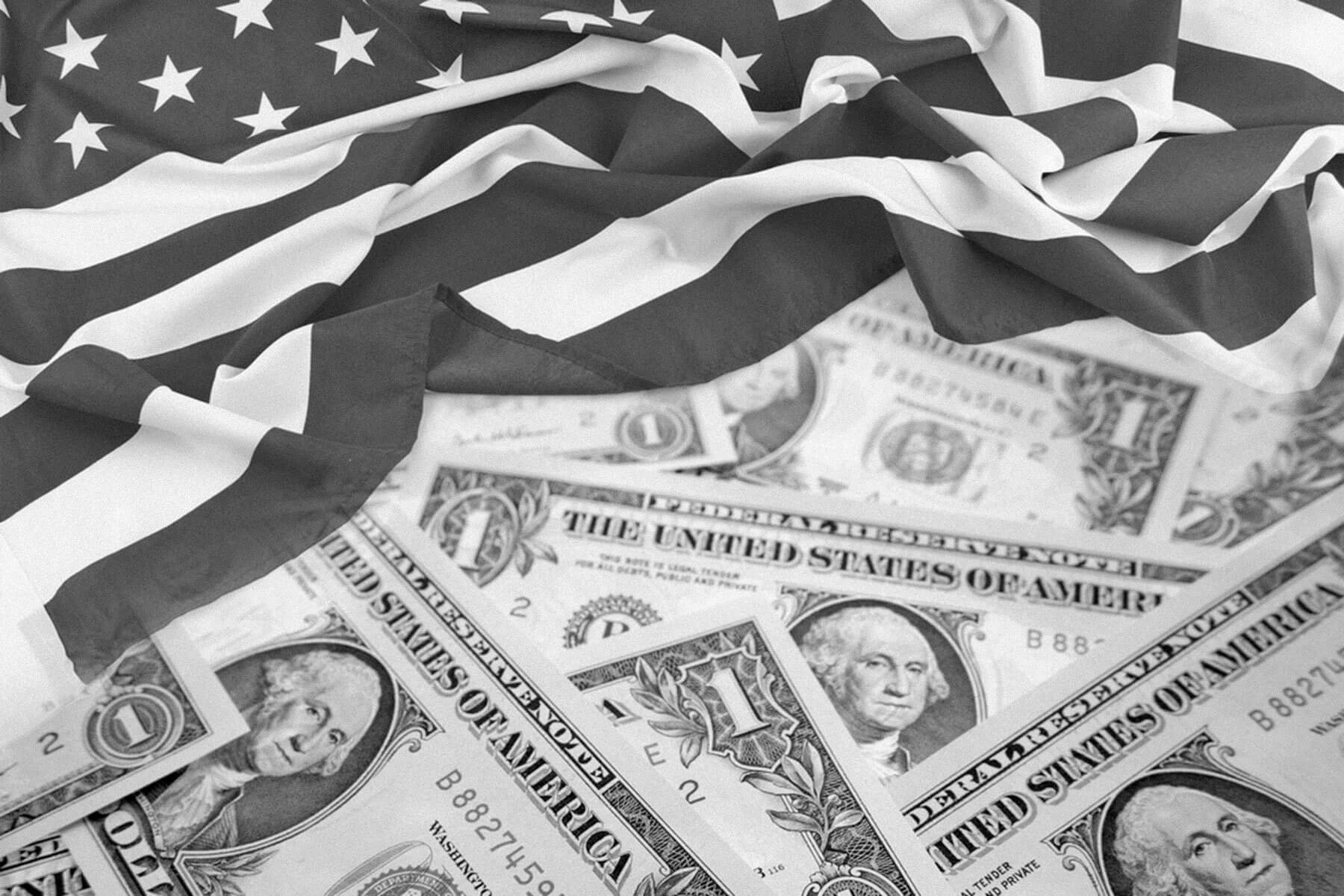
![]()
![]()


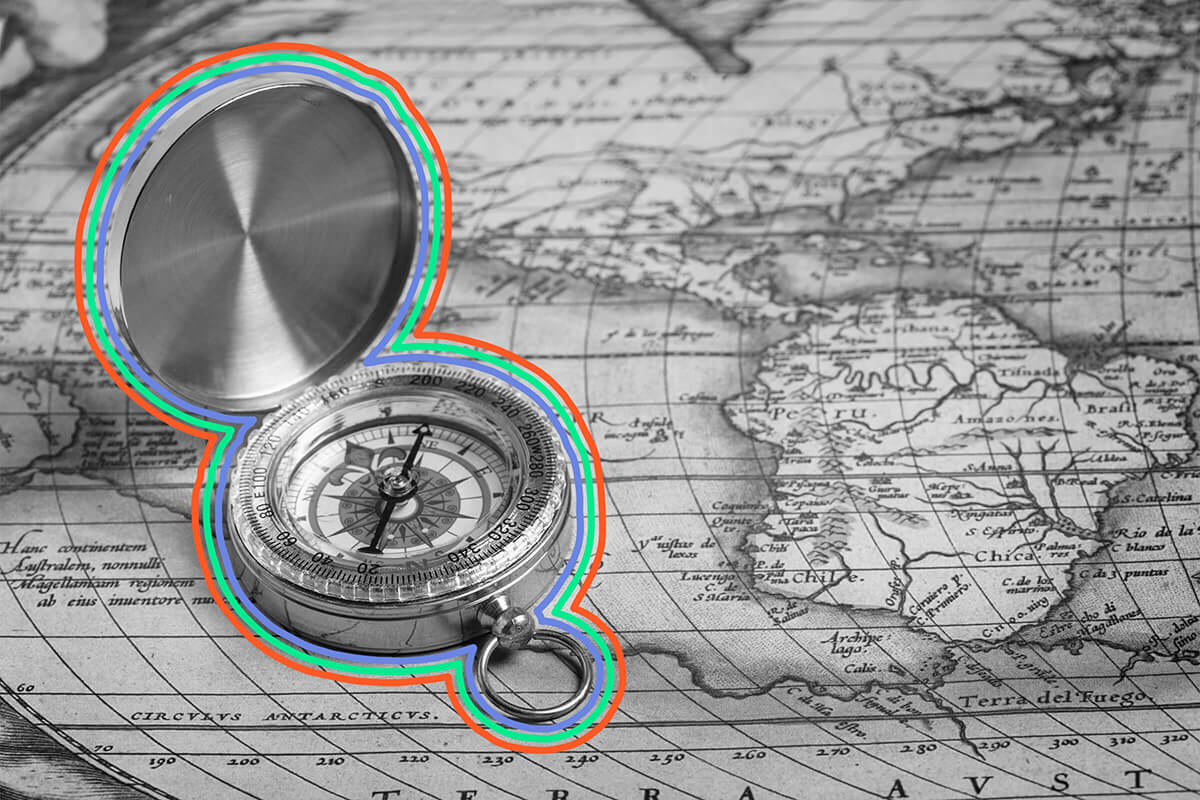



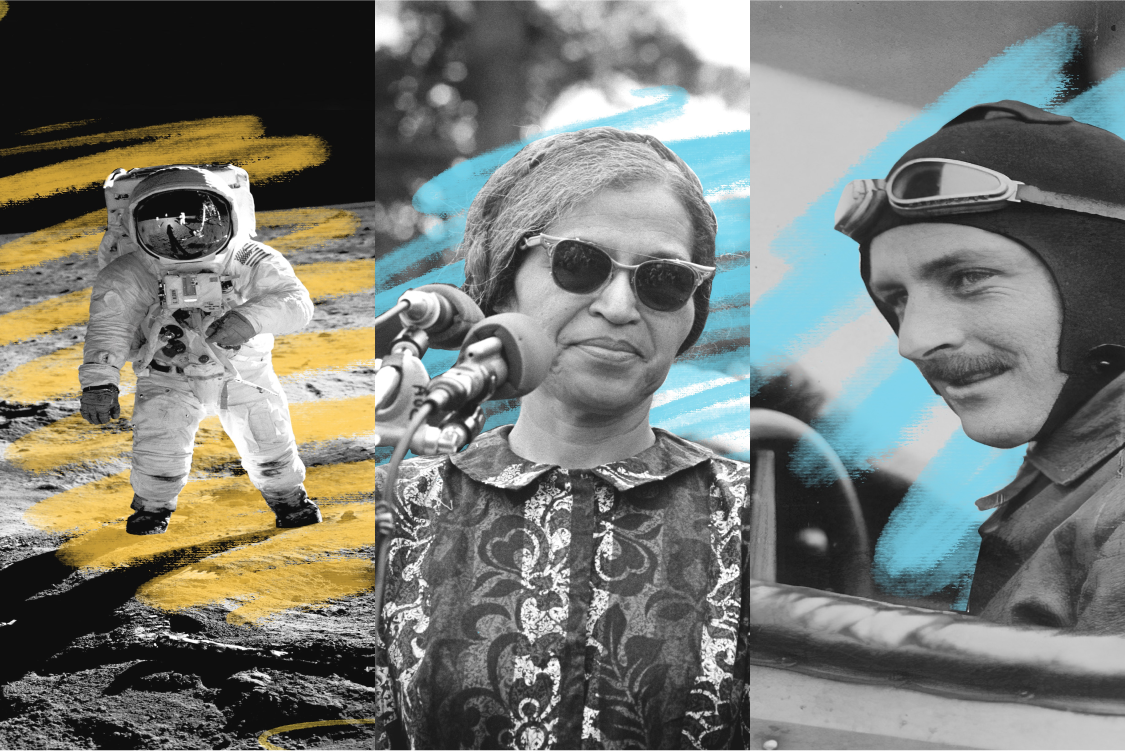

0 Comments:
Post a Comment
<< Home